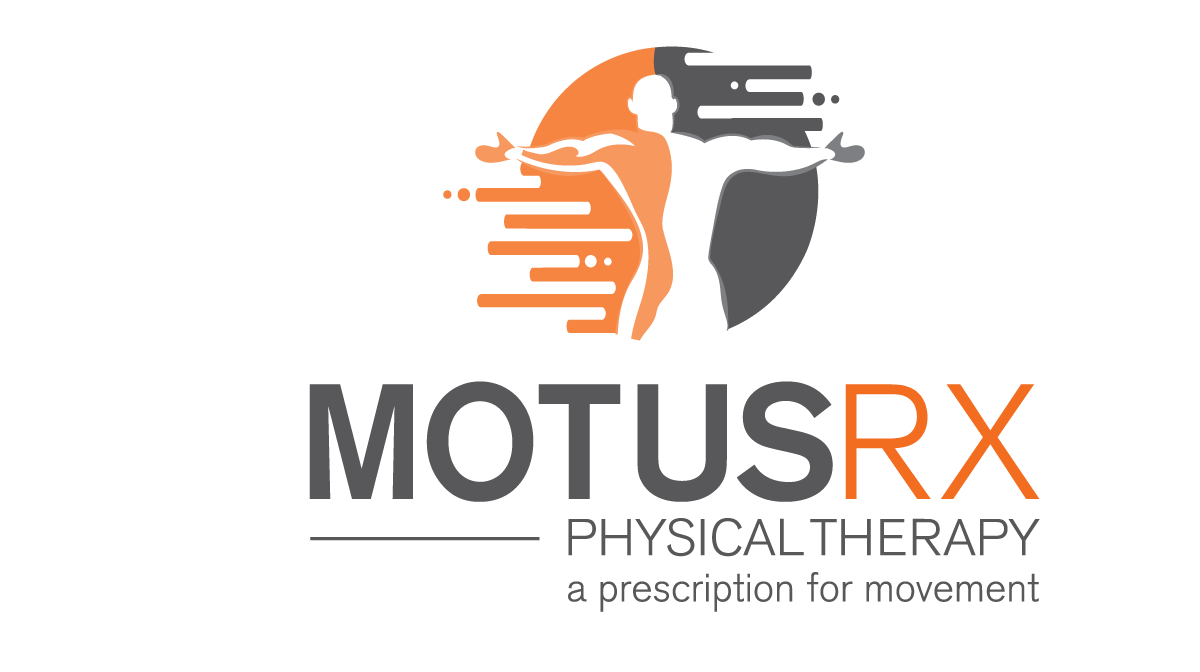5 Sciatica Myths That Could Cause You More Pain
Sciatica is a condition caused by compression of the sciatic nerve. It can cause pain that radiates from the lower back all the way down to the toes and can vary in intensity from mild discomfort to severe pain.
Common symptoms of sciatica include tingling or burning sensations along the affected area; numbness, weakness, and difficulty moving or controlling the affected leg or foot; and sharp, shooting pains that can be felt in the buttocks, legs, feet, or toes.
Sciatica can make it difficult to perform everyday activities due to the pain associated with it. People may have trouble sleeping because of sciatic nerve pain, and they may find it hard to drive due to numbness in the legs or feet.
Standing for extended periods of time, walking, and sitting can also be difficult as these activities often increase the intensity of the pain.
It is important to get a proper diagnosis if you are experiencing any of the symptoms associated with sciatica in order to determine what treatment plan is right for you.
Treatment plans may include physical therapy, medications, nerve blocks, and even surgery depending on the severity of the condition.
While sciatica can be painful and uncomfortable, luckily there are many treatment options available to help manage the symptoms associated with this condition.
It is important to speak with your doctor if you’re experiencing any of these symptoms in order to determine what is best for you.
Doing some light stretching exercises and taking breaks throughout the day can also help reduce pain and improve comfort.
Additionally, massage may be beneficial to those dealing with sciatica as it can reduce muscle tension and decrease inflammation of the affected area.
Taking regular walks can also be helpful in relieving some of the discomfort caused by sciatica.
5 Sciatica Myths That Could Cause You More Pain
When it comes to sciatica, there are a number of myths and misconceptions. It's important to understand the truth to ensure you're receiving the best possible treatment. Here are 5 of the most common myths about sciatica:
Sciatica is always caused by a herniated disc - False. Sciatica can be caused by a variety of conditions, including muscle imbalances, tight muscles, spinal stenosis, and piriformis syndrome.
You can't do anything for sciatica at home - False. There are many things you can do to help alleviate the pain associated with sciatica from home. At-home remedies such as applying heat or ice, performing stretches and exercises to strengthen the lower back, and taking over-the-counter medication can all be beneficial in managing sciatica.
Sciatica always affects one side of the body - False. While it is common for sciatica to affect just one side, it is possible for it to affect both legs.
Surgery is the only option for sciatica relief - False. While there are times when surgery may be necessary, most cases of sciatica can be treated with physical therapy and at-home remedies.
Sciatica will go away on its own - False. Without proper treatment, sciatica can become chronic and cause long-term pain and disability. It's important to talk to a doctor if you are experiencing sciatica in order to get the best possible treatment and relief.
In addition, it is also important to take precautions to prevent sciatica by maintaining good posture, exercising regularly, stretching, and avoiding activities that put a strain on the lower back such as lifting heavy objects.
Taking these steps can help ensure that you stay healthy and avoid any episodes of sciatica in the future.
How Physical Therapy Can Help You With Sciatica
Sciatica can be a painful and debilitating condition, but physical therapists are here to help.
Through specialized exercises, manual therapy techniques such as massage and joint mobilization, and other treatment modalities, physical therapists can reduce sciatic nerve pain.
When you visit your physical therapist, they will assess the underlying cause of your sciatica pain.
This is important to help determine the best treatment plan for you. During this assessment, your physical therapist will discuss the myths and facts of sciatica with you.
For instance, some people may believe that resting is the key to relieving their pain when in reality, it's activity-based treatments such as therapeutic exercises that are more beneficial.
Other times sciatica can be mistaken for another condition, such as piriformis syndrome or lumbar radiculopathy. Only through a complete assessment and diagnosis by your PT can an accurate treatment plan be prescribed.
At the same time, your physical therapist will work with you to develop an individualized exercise program that suits your needs and goals.
This may include stretching and strengthening exercises that focus on the core muscles, hips, glutes, and legs.
Your PT may also recommend manual therapy treatments such as soft tissue massage or joint mobilization to reduce tightness in the affected area.
Physical therapists are trained experts who can provide you with an individualized plan for managing your sciatica pain.
With a combination of therapeutic exercises, manual therapy treatments, and skilled guidance from your physical therapist, you can reduce your sciatica pain and get back to living an active life.
Have You Been Dealing With Pain Because of Sciatica?
If you want more information on how you can begin treating your sciatica pain, visit us at Motus Rx Physical Therapy to see what the next steps are.
We love to keep people in Appleton mobile, active, and off pain pills - let our expertise go to work for you to help you return to the activities you love.
Don't forget, you can schedule a no-obligation (and free!) phone consult or visit us at our Appleton clinic as part of your Sciatica Pain Assessment. Or just give us a call at 920.335.7227.
Until next time,
Eric Wallace, PT
